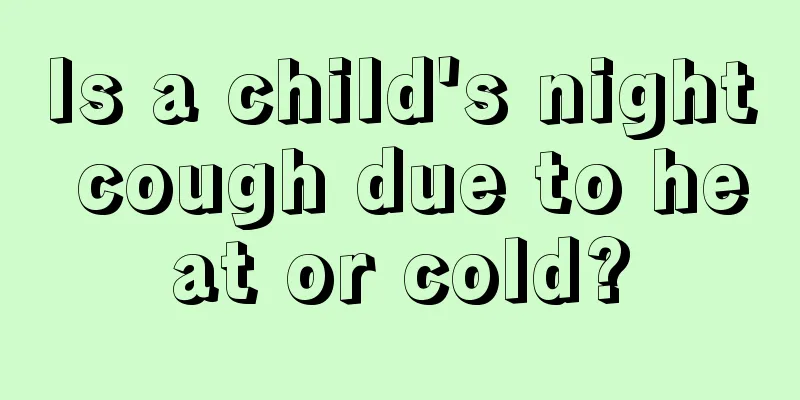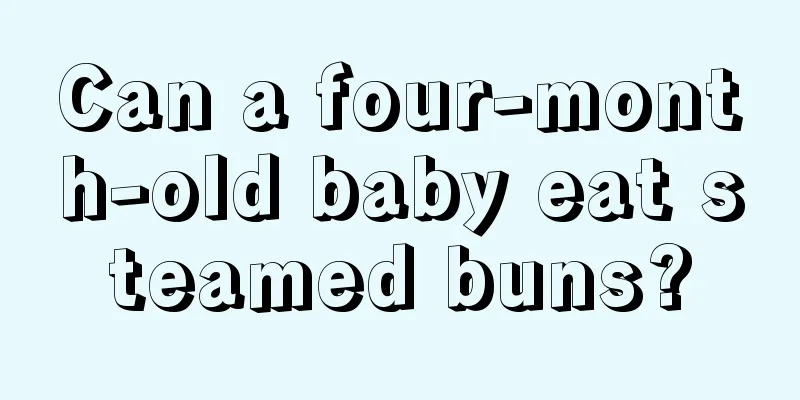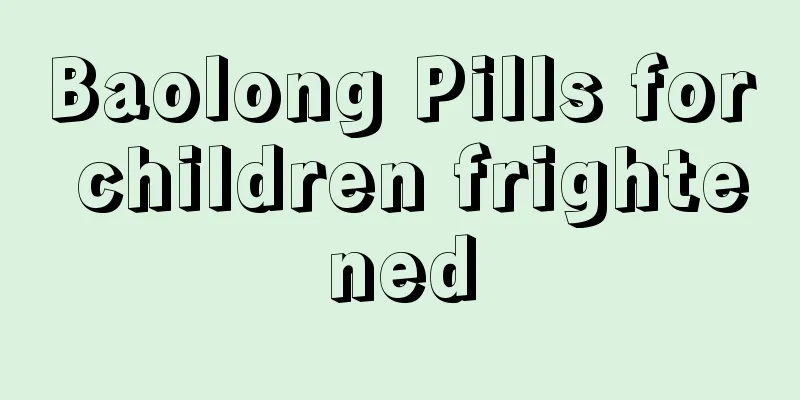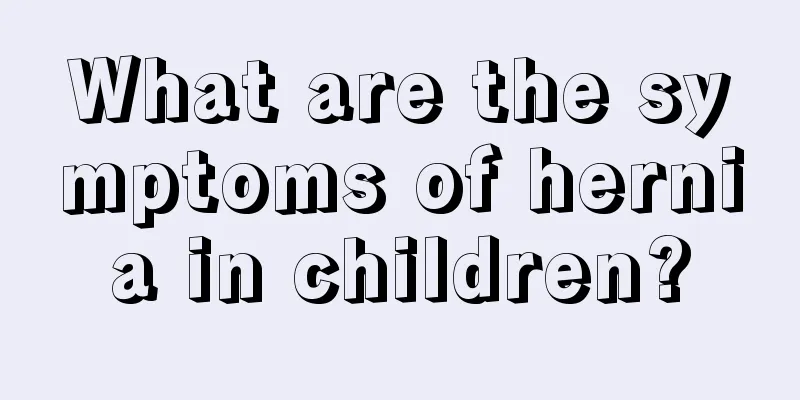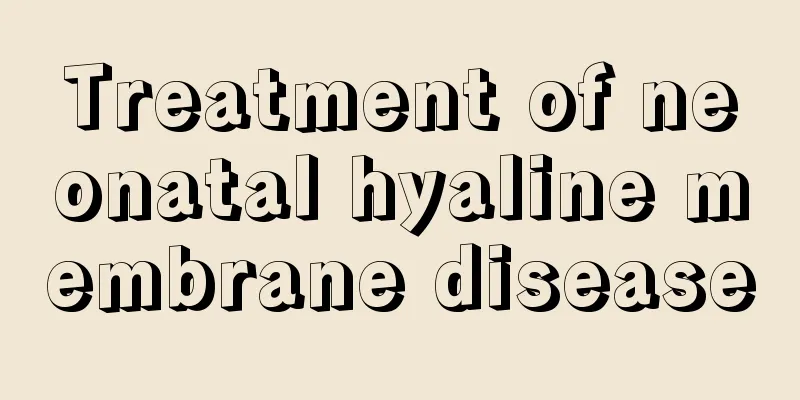Do children need to have their teeth extracted?
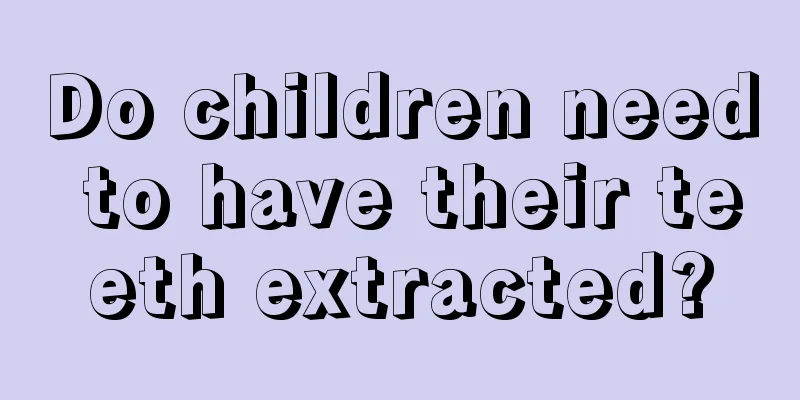
|
Tooth replacement is the process of deciduous teeth falling out and permanent teeth growing in. During the growth and development process, there is a permanent tooth germ under each deciduous tooth, which gradually grows and develops. During the eruption process of the permanent tooth, it compresses the alveolar bone between the deciduous tooth root and the permanent tooth germ, and on the other hand, it directly compresses the deciduous tooth root. Therefore, children may experience different situations of tooth dislocation or tooth loss during the tooth replacement period. A netizen asked the editor: Do children’s teeth need to be extracted? After consulting a dentist, the editor will give you explanations based on different situations. When baby teeth don't fall out when they should, doctors call this phenomenon "retained baby teeth". Children should be taken to the hospital for examination and treatment in time. Retained teeth that have erupted but have not fallen out should be extracted as soon as possible to avoid affecting the eruption of permanent teeth in the normal position. If the deciduous teeth have not fallen out and the permanent teeth have not erupted after the age of tooth replacement, do not extract them easily. If the permanent teeth are congenitally missing, the deciduous teeth should be kept as much as possible. Premature loss of deciduous teeth The loss of deciduous teeth before they should fall out is called premature loss of deciduous teeth. This often causes the adjacent teeth on both sides to tilt toward the gap between the missing teeth, making the gap between the missing teeth smaller and causing the permanent teeth to erupt out of place due to insufficient space. A gap maintainer should be worn in the gap between deciduous teeth to prevent the teeth on both sides from tilting until the permanent teeth erupt. During the period of tooth replacement, the teeth are replaced, the jaw develops, and the occlusal relationship is gradually established. Sometimes a temporary malocclusion occurs, but during the tooth development process, it will often adjust itself and return to normal. Some malocclusions cannot be adjusted by yourself, which will affect facial development and should be treated in the hospital. It is not uncommon for the permanent teeth to come out before the deciduous teeth fall out, causing the teeth to be arranged in two rows, front and back. This is most likely caused by the deciduous teeth roots not being completely resorbed. Oral X-rays can be used to determine the relative position of deciduous teeth and permanent teeth to diagnose whether deciduous teeth will fall out on their own or need to be extracted. From the above explanation, we can see that we should not make decisive decisions on whether to extract or not extract teeth during the child's tooth replacement period. Instead, we should observe and understand the condition of the child's deciduous teeth and respond according to different situations. In addition, during the tooth replacement period, you must pay attention to the child's oral hygiene and care, correct the child's bad habits, and help the permanent teeth grow. |
<<: How to treat diarrhea in infants and young children?
>>: What should girls do if they have fecal incontinence?
Recommend
How much milk does a four-month-old baby need in a day?
For babies, diet means drinking milk, and the amo...
What are the dangers of chest pain in children
Children's bodies are generally fragile becau...
How to care for baby neck eczema
Many babies will develop eczema during the confin...
What causes goose bumps on children?
Children's skin is very delicate, usually smo...
Treatment for back pain in children
Children's back pain often makes us parents a...
Treatment of balanitis in children
We may have seen many children suffering from bal...
What are the dangers of excessive foreskin in adolescents
Generally speaking, surgical treatment is often u...
Normal blood sugar levels in newborns
One of the family genetic diseases is diabetes, w...
Symptoms of foot-and-mouth disease in children, these are the most common!
Foot-and-mouth disease is common in children. The...
How do children show signs of autism?
Autism is a relatively common disease. Once a chi...
Two-year-old baby's legs are not straight
Parents should observe their baby's body shap...
What are the symptoms of children's tooth replacement?
Tooth replacement is a stage that everyone goes t...
Newborn baby convulsions in sleep
Generally, after a newborn baby falls asleep, par...
What should I do if my baby is allergic to protein?
Babies' bodies are relatively fragile. During...
What to do if your baby keeps coughing after catching a cold
Babies are always the apple of their parents'...
